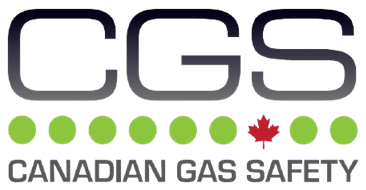There are no official figures of the area coverage of gas detectors; however, 50-100m2 per detector is a reasonable general guide.

There are no specific standards governing gas detector location (unlike fire detection systems); there are, however, general guidance documents. The most relevant being IEC 60079-29-2: Part 29: Gas detectors – Selection, installation, use and maintenance of detectors for flammable gases and oxygen. Much of what it covers is also relevant to toxic gas detection.
Detectors should be mounted where a potential hazard of gas is most likely to be present.
The following points should be noted also when locating gas sensors. When locating detectors consider
• The possible damage caused by natural events e.g., rain or flooding.
• Ease of access to the gas detector for functional testing, observation and service.
• How gas may behave due to natural or forced air currents.
Locations for detectors will vary based on the intended application and target gas, they should be located near identified sources of a potential gas leaks/pockets where gas could quickly accumulate and areas of identified consequential risk to detect gas. The composition of the target gas and its density relative to air are used as the basis for the recommended height of sensors.
Generally, the installation height of a sensor for a heavy gas (such as propane) would be close to the lowest point in the area, and for a light gas (such as methane) would be close to the highest point in the area. These recommended heights may vary based on air flow and temperature conditions in addition to the proposed application and location – this is particularly apparent with oxygen depletion sensors, and the target gas that they are used for.
Target Gas Typical Position
Natural Gas/Methane (NG) High Level – (1ft) from ceiling
Liquid Petroleum Gas (LPG) Low Level – (1ft) from ground level
Carbon Monoxide (CO) Breathing Zone – (5ft 6”) from ground level
Carbon Dioxide (CO2) Breathing Zone – (5ft 6”) from ground level
Hydrogen (H2) High Level – (1ft) from ceiling
Oxygen (O2) *Breathing Zone – (3 – 5ft) from ground level
* If you are installing and monitoring Oxygen depletion – consider the density of gas for its application and position the detector accordingly i.e. ground level for high density gases
